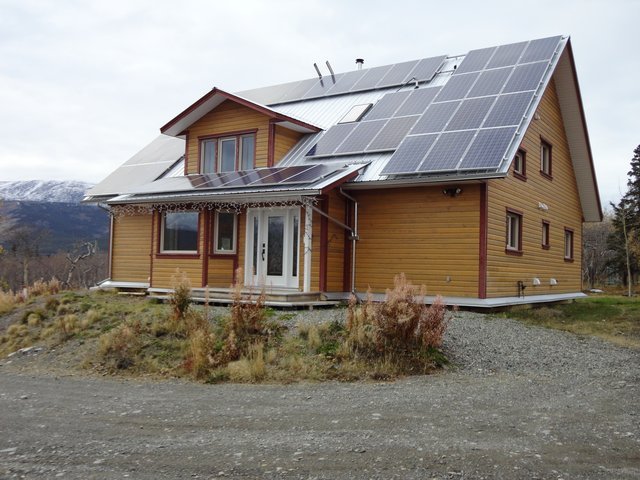This program area focused on the factors at hand when considering the implementation of residential-based Distributed Energy Resources in the northern energy context.
Distributed Energy Resources (DERs) are technological resources used to produce electricity, whether connecting to a local utility distribution system or remaining ‘off grid’ and connecting to an alternative host facility. Examples of DERs would be a community operated wind turbine, or a solar PV panel on a residential home. DERs are becoming a cost-competitive alternative to traditional methods of energy generation and consumption. Across Canada, customers are expressing interest in installing residential and commercial DER technologies to offset or eliminate their need to purchase power from the utility companies.
This project consisted of four sections; a feasibility study on the implementation of DER technologies in the north; a technical literature review on the various DER technologies with a focus on which systems may be viable in the north; a consultation study with northern utilities to determine views on DER implementation; and a literature review on the current business methods and models for utilities to adjust to the changing energy landscape, in regard to customer interest in implementing residential based DER technologies.
- Dr. Michael Ross, Program Lead, Industrial Research Chair for Colleges in Northern Energy Innovation, Yukon Research Centre, Yukon College
- Sara Thompson, Program Enhancement Officer, Northern Energy Innovation, Yukon Research Centre, Yukon College
- Ben Derochie, Project Lead, Northern Energy Innovation, Yukon Research Centre, Yukon College
- Geoffrey Cartwright, Project Lead, Northern Energy Innovation, Yukon Research Centre, Yukon College
- Small Scale Distributed Energy Resource Technologies within the Northern Context Feasibility Study
- Small Scale Distributed Energy Resource Technologies within the Northern Context Technical Literature Review
- Small Scale Distributed Energy Resource Technologies within the Northern Context Utility Business Model Literature Review and Consultation Summary
